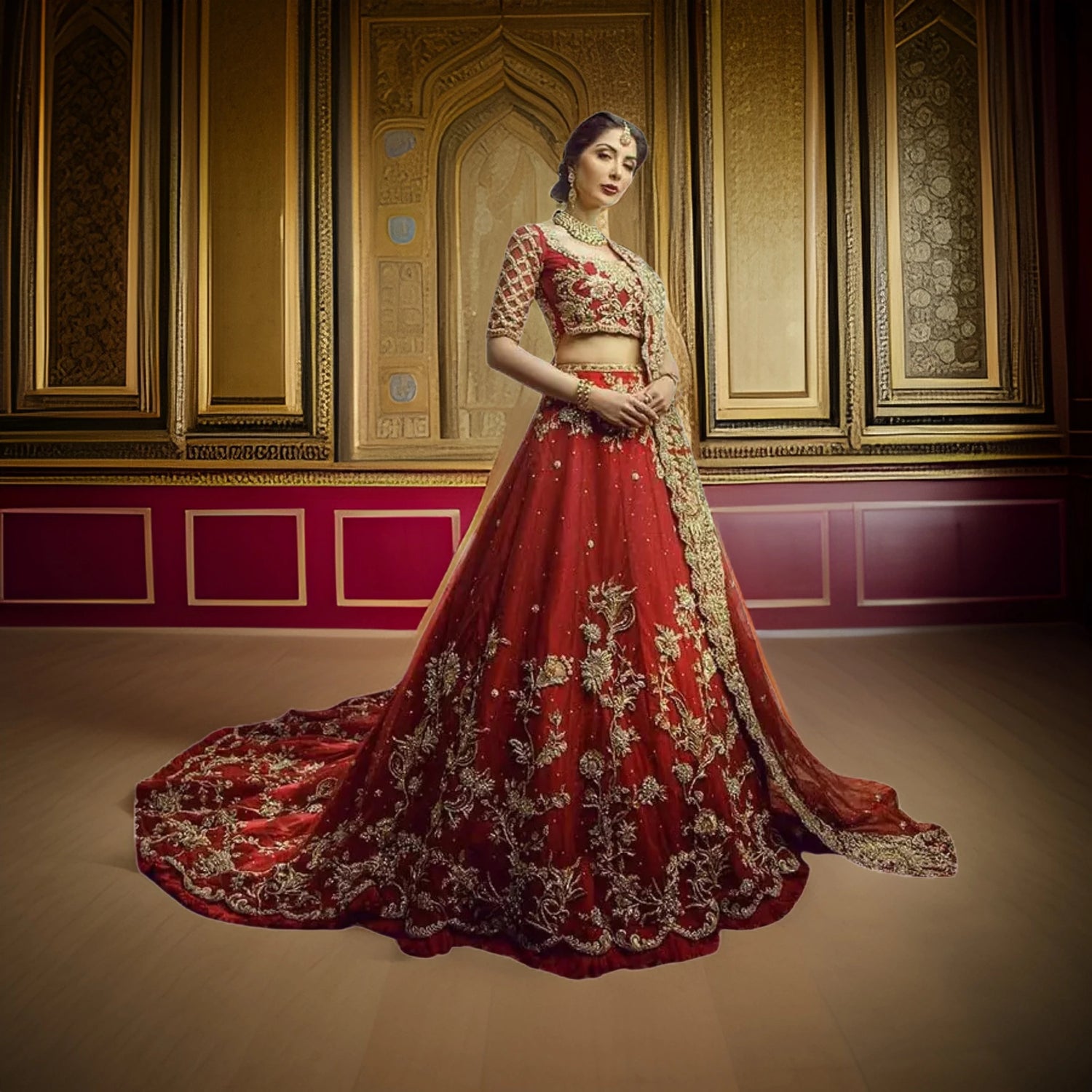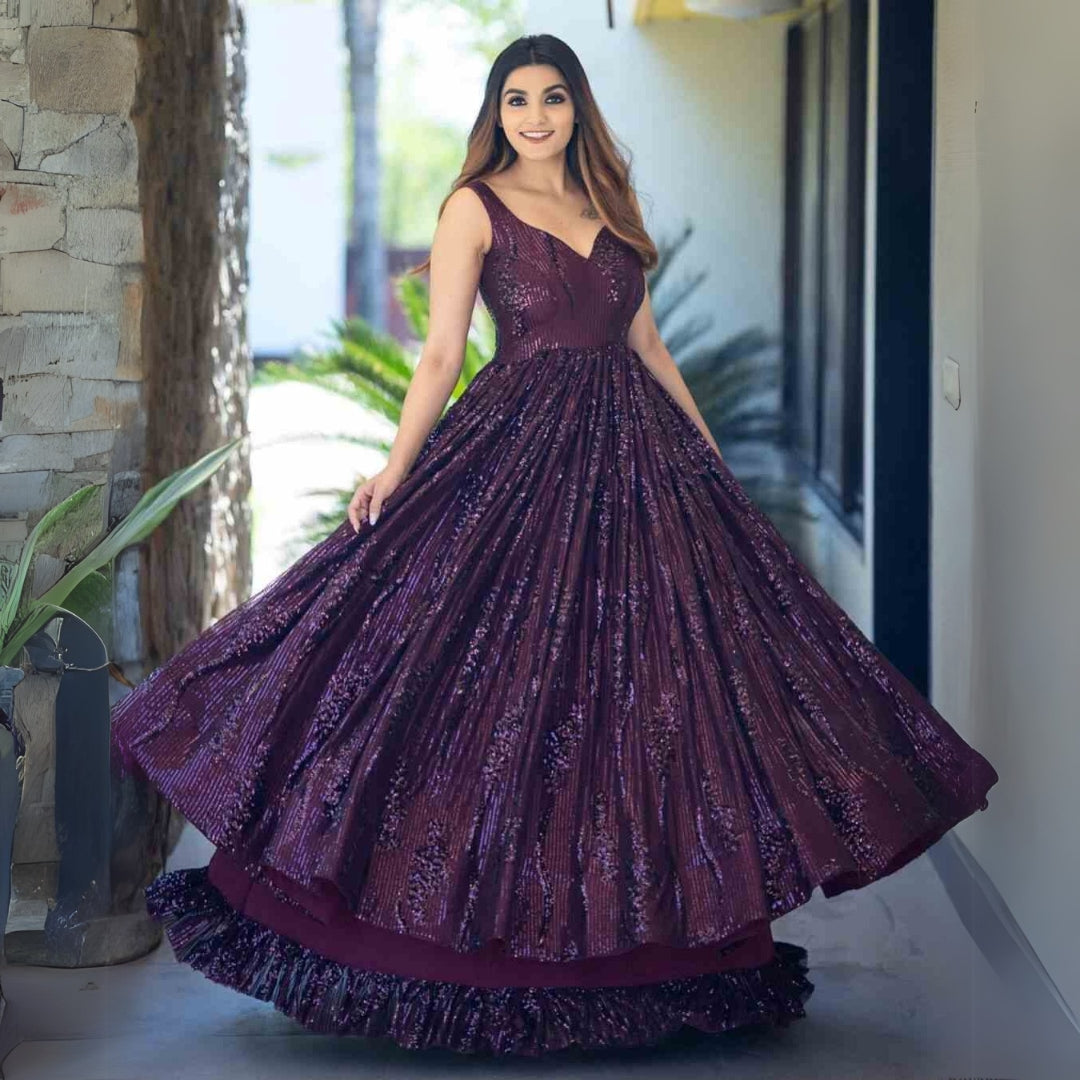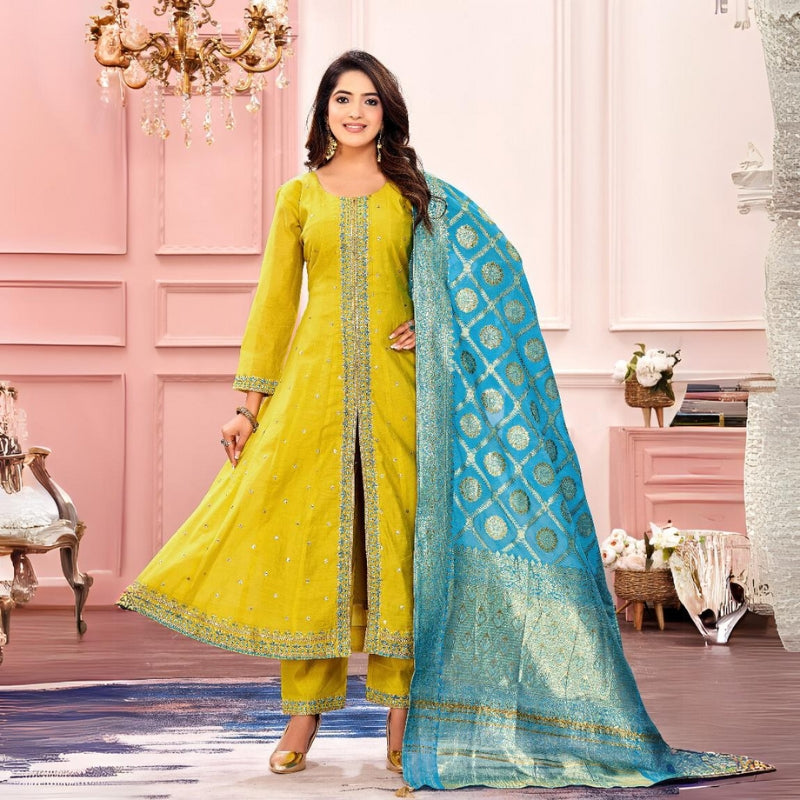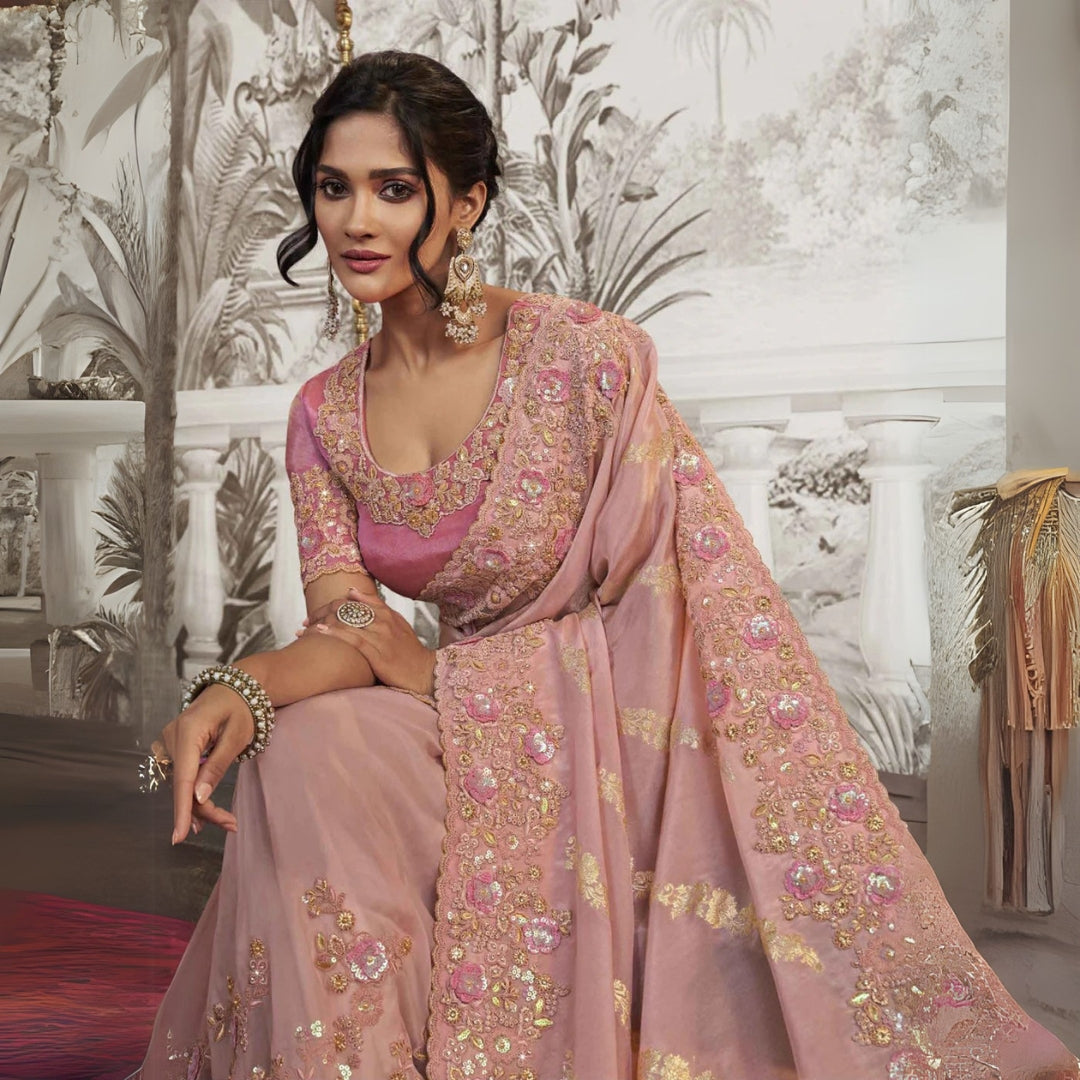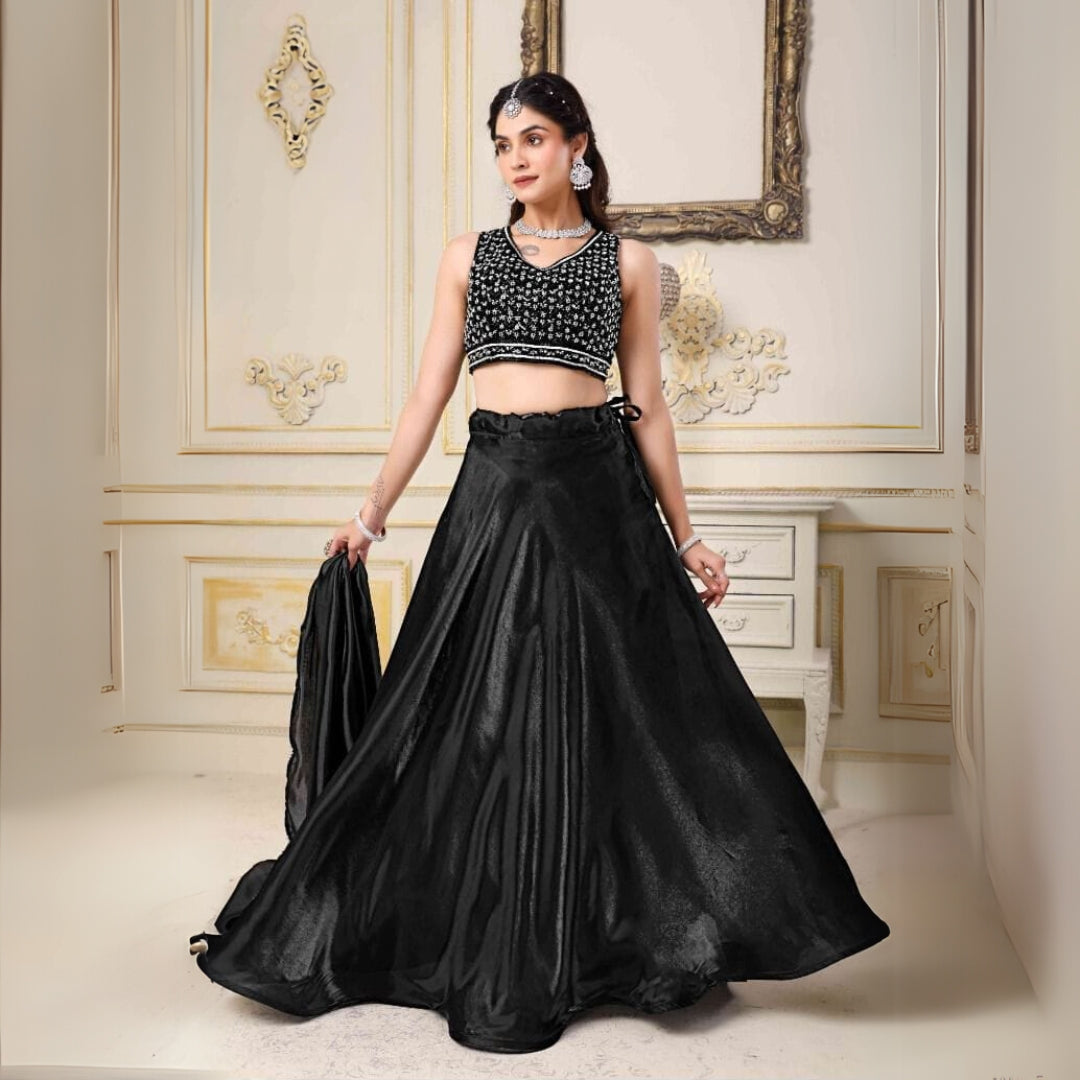The Rich History of Mughal Embroidery on Anarkali Suits
Originating from the Mughal era, Anarkali suits have a long-standing history intertwined with exquisite embroidery techniques that reflect the opulence and grandeur of the Mughal dynasty.
Mughal Influence on Anarkali Suits
The Mughal emperors were known for their patronage of art and culture, and this influence transcended into the realm of textiles and clothing. The intricate embroidery seen on Anarkali suits today draws inspiration from the lavish embroidery styles favored by the Mughal royalty.
Embroidery Techniques
One of the most prominent embroidery techniques used on Anarkali suits is 'Zardozi,' which involves the use of metallic threads, beads, and sequins to create elaborate designs. This technique was highly favored by the Mughal royals for its luxurious appeal.
Another popular embroidery style is 'Aari work,' characterized by fine chain stitches done using a pointed needle. This delicate form of embroidery was also a staple in Mughal attire, adding a touch of elegance to the garments.
Evolution of Anarkali Suits
Over the years, Anarkali suits have evolved to incorporate a blend of traditional Mughal embroidery techniques with modern designs. Designers today often reinterpret these historical embroidery styles to create contemporary Anarkali suits that are both timeless and trendy.
Conclusion
The history of Mughal embroidery on Anarkali suits is a testament to the enduring legacy of the Mughal dynasty in the realm of fashion. By preserving and reimagining these age-old embroidery techniques, Anarkali suits continue to captivate fashion enthusiasts with their exquisite craftsmanship and timeless allure.







